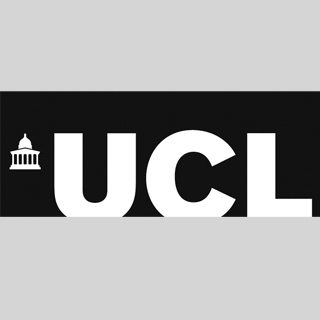
A study claims that with the help of former guerillas in Colombia, experts redefined their perceiving of the vital areas of the brain involved in literacy. The study has apparently facilitated scientists to observe as to how brain structure alters post leaning to read.
It is quite hard to understand as to how our brain structure alters as we study to read as most of the people learn to read when they are children, simultaneously learning several other skills. Sorting out the alterations caused by reading from those caused by, for instance, learning social skills or how to play football, is virtually unfeasible. Studying adult learners is also difficult as in most educated societies adult illiteracy is thought to be usually the outcome of learning impairments or poor health.
Professor Cathy Price, a Wellcome Trust Senior Research Fellow at University College London, commented, “Separating out changes in our brains caused by learning to read has so far proven almost impossible because of other confounding factors. Working with the former Colombia guerrillas has provided a unique opportunity to see how the brain develops when reading skills are acquired.â€
The magnetic resonance imaging (MRI) scans of the brains of around 20 guerillas were examined. They had finished a literacy program in their native tongue i.e. Spanish in adulthood. These scans were weighed against scans of 22 similar adults before beginning the same literacy program. The outcome exposed as to which brain regions are particular for reading, thereby prompting new study in the UK on how these regions are linked in adults who learned to read in childhood.
It was also discovered that for those subjects who had learned to read, the thickness of grey matter was apparently more in various areas of the left hemisphere of the brain. These regions were supposed to be in charge of identifying letter shapes and translating the letters into speech sounds and their meanings. Reading apparently also improved the power of the ‘white matter’ connections between the diverse processing areas.
Predominantly vital were the associations to and from a region of the brain called the angular gyrus. The experts have known for over 150 years that this brain area is vital for reading, but the new study has illustrated that its function had been misunderstood.
Formerly, it was believed that the angular gyrus identified the shapes of words before discovering their sounds and meanings. In fact, the experts demonstrated that the angular gyrus is not directly concerned in translating visual words into their sounds and meanings. Instead, it supports this procedure by offering predictions of what the brain is expecting to see.
Professor Price mentioned, “The traditional view has been that the angular gyrus acts as a ‘dictionary’ that translates the letters of a word into a meaning. In fact, we have shown that its role is more in anticipating what our eye will see – more akin to the pre
